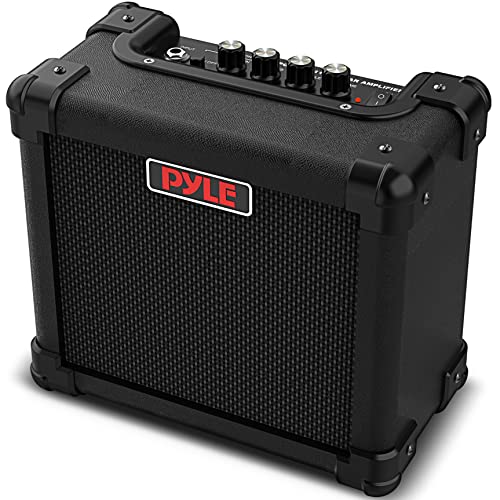94Tremoverb
Well-known member
- Joined
- Dec 5, 2009
- Messages
- 1,340
- Reaction score
- 1
"Marshall has used MDF only on the back of the cabs since the early 70's the cab design and build has not changed at all since then."
Sorry, this wrong.
Marshall has used *particle board* - not MDF - for the back panels of cabs starting with the 4x12"s in 1971, the 2x12s" in the later mid-70s (I'm not sure of the exact year), and still does on the full-size 4x12"s. They started using MDF for the whole cab on the small-size cabs (1x12"s and small 2x12"s), starting in the early 90s and working up through the range. (There are a few odd transitional cabs with things like MDF sides and particle-board backs.) Now all the standard cabs apart from the full-size 4x12"s are made of MDF.
Particle-board and MDF are *not* the same thing - particle-board (called chipboard in the UK) is made from wood chippings; MDF (Medium Density Fiberboard) is made from other fibrous organic material, including waste cloth and cardboard. Particle-board is almost a tonewood compared to MDF! MDF is not very different from thick, dense cardboard or hardboard/Masonite, and sounds like it...
Whether they started to use particle-board in the early 70s to reduce standing waves or reduce cost, I don't know. However, it's almost universally accepted that the cabs with ply backs sound better, so even if the motive was to improve the sound they got it wrong. (Which is why the Hand-Wired reissue cabs have ply backs.) It's certainly true that a lot of even expensive hi-fi cabs are made with MDF - being very dead-sounding, it's ideal - but a guitar cab is not a hi-fi cab, it needs to resonate a bit.
I would also point out that even though the full-size 4x12"s are still made from ply with a particle-board back as they have been since 1971, the quality of the materials has changed - you can easily tell this if you lift one, the older cabs are very noticeably heavier. I'm surprised you haven't found this if you've used both older ones and newer ones. I don't agree they sound the same either - yes, the speakers and the cloth make by far the biggest difference, but the cabs do contribute a bit. I've also been using and working on Marshalls since the mid 80s.
Sorry, this wrong.
Marshall has used *particle board* - not MDF - for the back panels of cabs starting with the 4x12"s in 1971, the 2x12s" in the later mid-70s (I'm not sure of the exact year), and still does on the full-size 4x12"s. They started using MDF for the whole cab on the small-size cabs (1x12"s and small 2x12"s), starting in the early 90s and working up through the range. (There are a few odd transitional cabs with things like MDF sides and particle-board backs.) Now all the standard cabs apart from the full-size 4x12"s are made of MDF.
Particle-board and MDF are *not* the same thing - particle-board (called chipboard in the UK) is made from wood chippings; MDF (Medium Density Fiberboard) is made from other fibrous organic material, including waste cloth and cardboard. Particle-board is almost a tonewood compared to MDF! MDF is not very different from thick, dense cardboard or hardboard/Masonite, and sounds like it...
Whether they started to use particle-board in the early 70s to reduce standing waves or reduce cost, I don't know. However, it's almost universally accepted that the cabs with ply backs sound better, so even if the motive was to improve the sound they got it wrong. (Which is why the Hand-Wired reissue cabs have ply backs.) It's certainly true that a lot of even expensive hi-fi cabs are made with MDF - being very dead-sounding, it's ideal - but a guitar cab is not a hi-fi cab, it needs to resonate a bit.
I would also point out that even though the full-size 4x12"s are still made from ply with a particle-board back as they have been since 1971, the quality of the materials has changed - you can easily tell this if you lift one, the older cabs are very noticeably heavier. I'm surprised you haven't found this if you've used both older ones and newer ones. I don't agree they sound the same either - yes, the speakers and the cloth make by far the biggest difference, but the cabs do contribute a bit. I've also been using and working on Marshalls since the mid 80s.




















